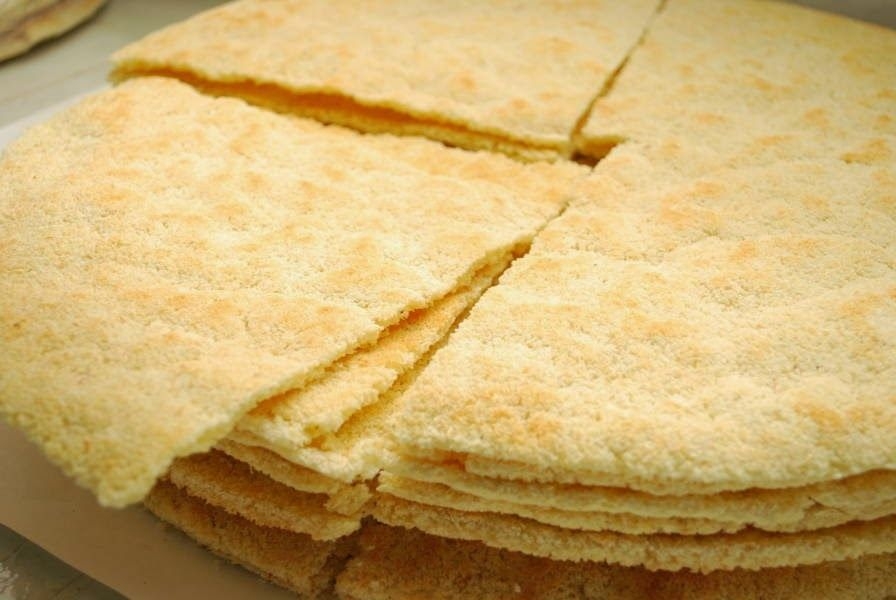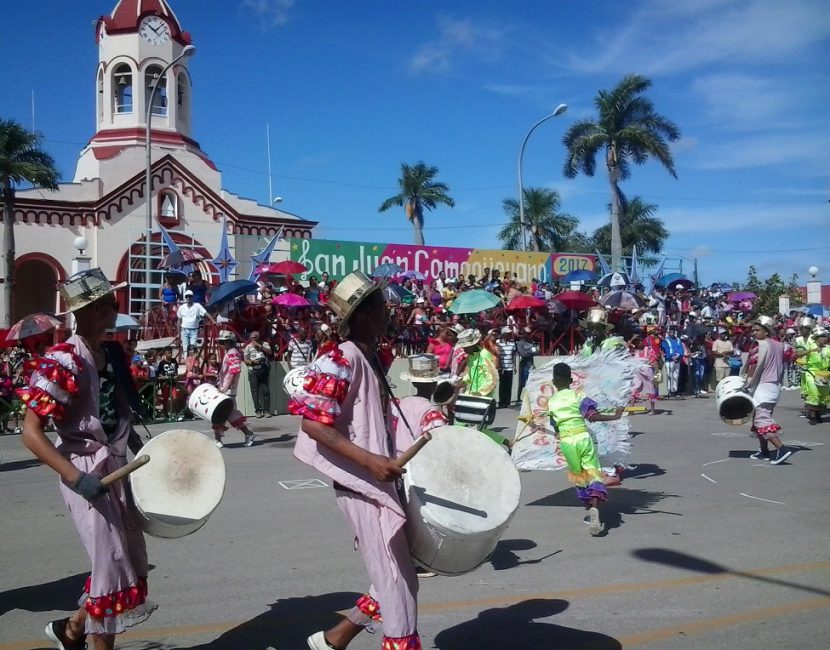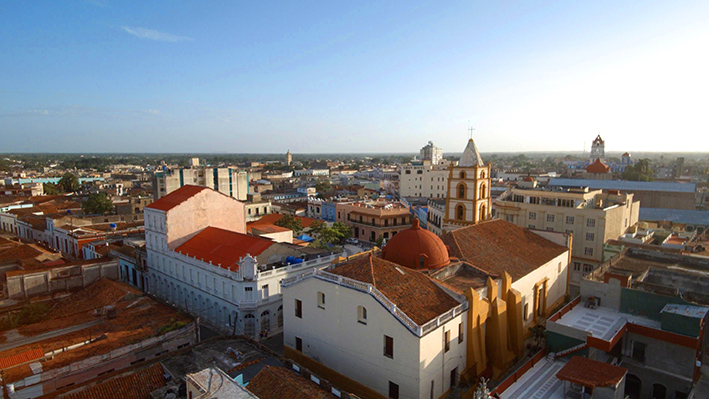It may sound recurrent but we will repeat this over and over again: “Camagüey is a must-see city in Cuba. Not just a tour stop while heading East but a truly appealing and interesting destination that deserves not one but several goes.
From its winding urban plan to authentic Tinajones, or cattle raising and carnival tradition, everything about this land is refined and exciting, specially its people who are considered to speak the best Spanish dialect in the island.
https://www.youtube.com/watch?v=r1VCQja_42o
With strong religious bonds with the catholic church, cultural, architectural diversity and a glorious revolutionary past, its capital city is a match for culture enthusiasts. Let’s explore five reasons why!
Heritage Center
The Camagüey discovery should always begin in the centre of his historical capital city, founded in 1514 by the Spanish conquerors with the name of Santa Maria de Puerto Principe or Villa del Principe (prince’s village). This unique city has one of the largest and best-preserved historical centres in Cuba. Colonial buildings blend with modern constructions and a walk around the city will prove why UNESCO listed Camagüey as a World Heritage Site. The reason for this being “the town is developed on the basis of an irregular urban design that contains a system of large and minor squares, serpentine streets, alleys and irregular urban blocks, highly exceptional for Latin American colonial towns located in plain territories.” Tourists can have a view of this unique pattern from the roofs of some of Camagüey hotels or explore the winding streets on Bici-taxis, an innovative three-wheel cycle cab.
Some of the city’s main attractions include la Soledad Church, which was constructed in 1775, the Casa de la Trova, and the house of local patriot Ignacio Agramonte, as well as several squares and minor churches.
Ballet and modern dance
This urban centre is the home of the “Ballet de Camagüey” Company, school of some of the greatest classical dancers in the country. Attending its performances at the city’s Principal Theatre is a cultural adventure not to be missed.
https://www.youtube.com/watch?v=YW9ew3W2NYk
Renowned both in Cuba and many parts of the world for excellent performances and the artistic quality of its young members, it celebrated its 50th anniversary in 2017
Tinajones & Casabe Bread
But the source of Camaguey’s popularity among CubaTravel enthusiasts is the myth around the Tinajones (large earthenware jars). According to this hundred-year-old legend, anyone who drinks water from a tinajon never leaves the city. This type of water containers can be found only in this part of Cuba and they are still used to store the precious liquid like it was done in colonial times.

The Casabe (yucca bread) is one of the province’s highlights. Prepared by the aboriginal inhabitants that dwelled in the island before the Spanish colonisation, the Casabe was an important component on the diet of the early settlers of the country before Europeans introduced wheat in the West Indies. In Sierra de Cubitas, Camagüey’s only mountain range, the preparation of Casabe bread coexisted with imported recipes and it is still offered at the San Juan Camagueyano, a traditional festivity held in the month of June.
Connection with breathtaking keys and beaches
Camagüey has more than 20 kilometres of secluded beaches, protected by the coral reef that runs through the northern waters of Cuba. Santa Lucia beach is shaded by coconut palms and inviting waters, making this beach resort a magnet for those who love diving, open sea fishing and other nautical pursuits. In this natural haven there are a total of 35 scuba diving centres giving divers the chance to explore the remains of marine wrecks and sunken ships from the 19th and 20th centuries. However, Santa Lucia’s most exciting underwater attraction is sharks. In this region, without exaggeration, travellers can admire the local submarine flora and fauna in the company of harmless sharks who are fed by skilled divers.
Being the largest province of Cuba, Camagüey is dotted in the north by the Jardines del Rey archipelago and Cayo Sabinal while in the south Jardines de la Reina show off a virginal enchantment.
Festivals and traditions
So called the province of cattle, this mostly plain land offers visitors the opportunity to take part in rodeo festivals celebrated in local farms. But the king of Camaguey’s festivals is the “San Juan”celebration. It dates back somewhere between 1725 and 1728. keeping a close relationship with the month of June, when the herders brought the city its fat cattle for annual sales.
Back then peasants from France, Germany, Norway, Estonia, Italy and Spain attended the show and used to light fires the eve of June 24, around which danced in the interest of promoting the harvesting of crops, ward off witches and livestock diseases.

Since the religious holiday Corpus Christi, coincided with the time when cattle were sold, locals started celebrating the San Juan right after the procession of the corpus.
Nowadays, the feast of San Juan is one of the most popular carnivals in Cuba in which local musical and dance talent is displayed with mastery.
History, art, traditions, refine and humble people and remarkable surroundings, five reasons to say yes to Camaguey. Have you included it in your travel list yet?

